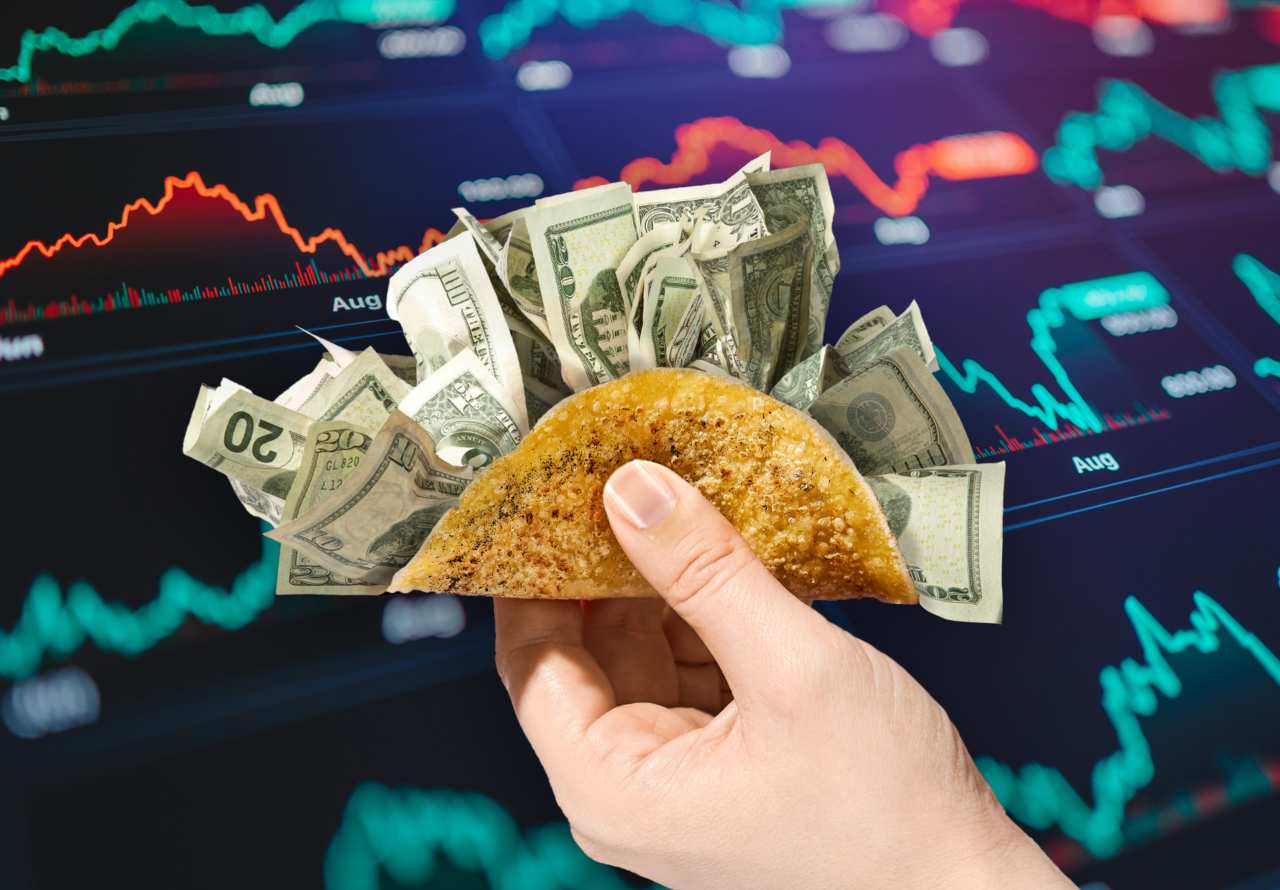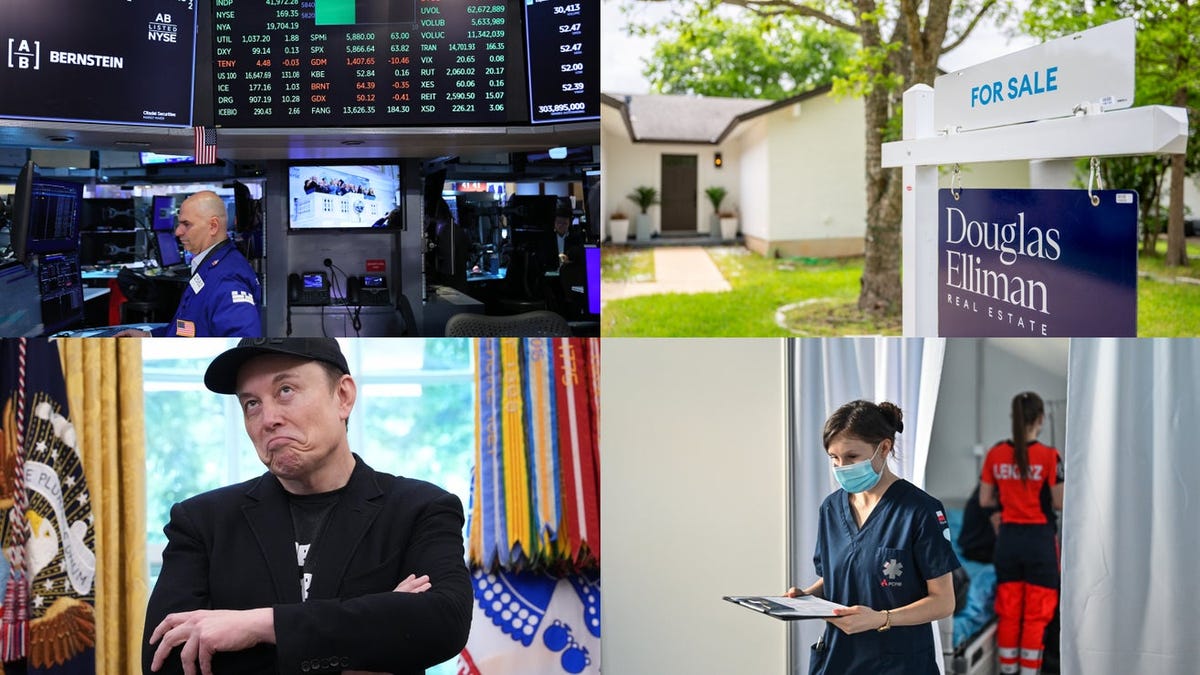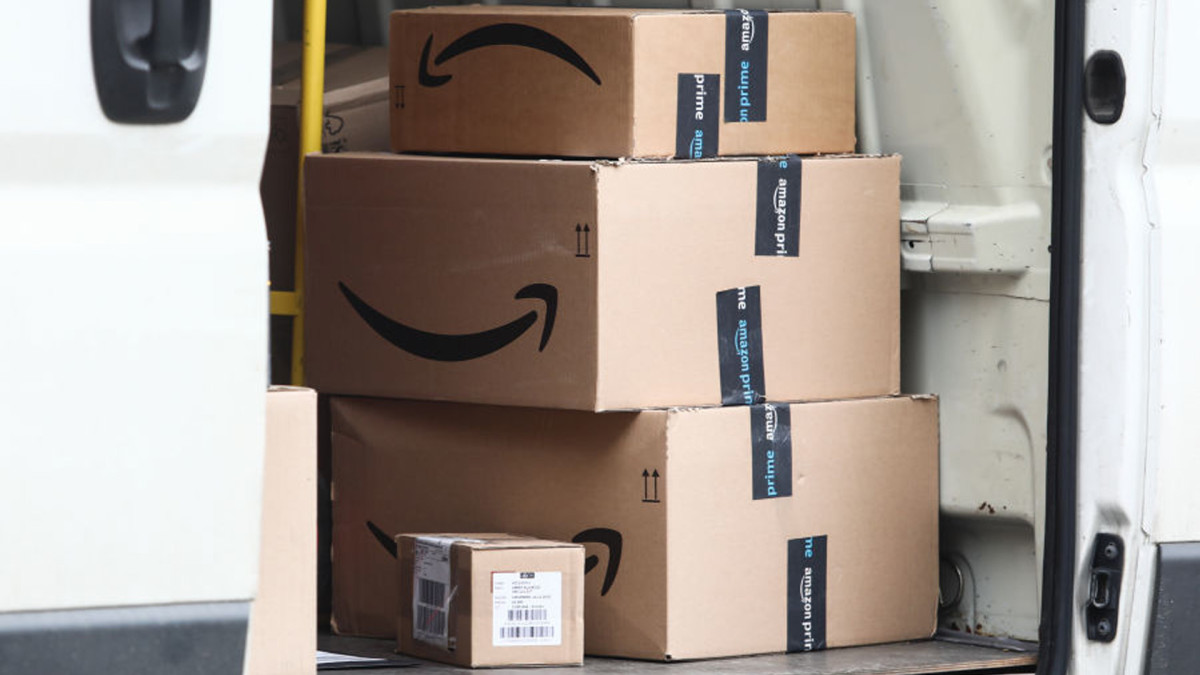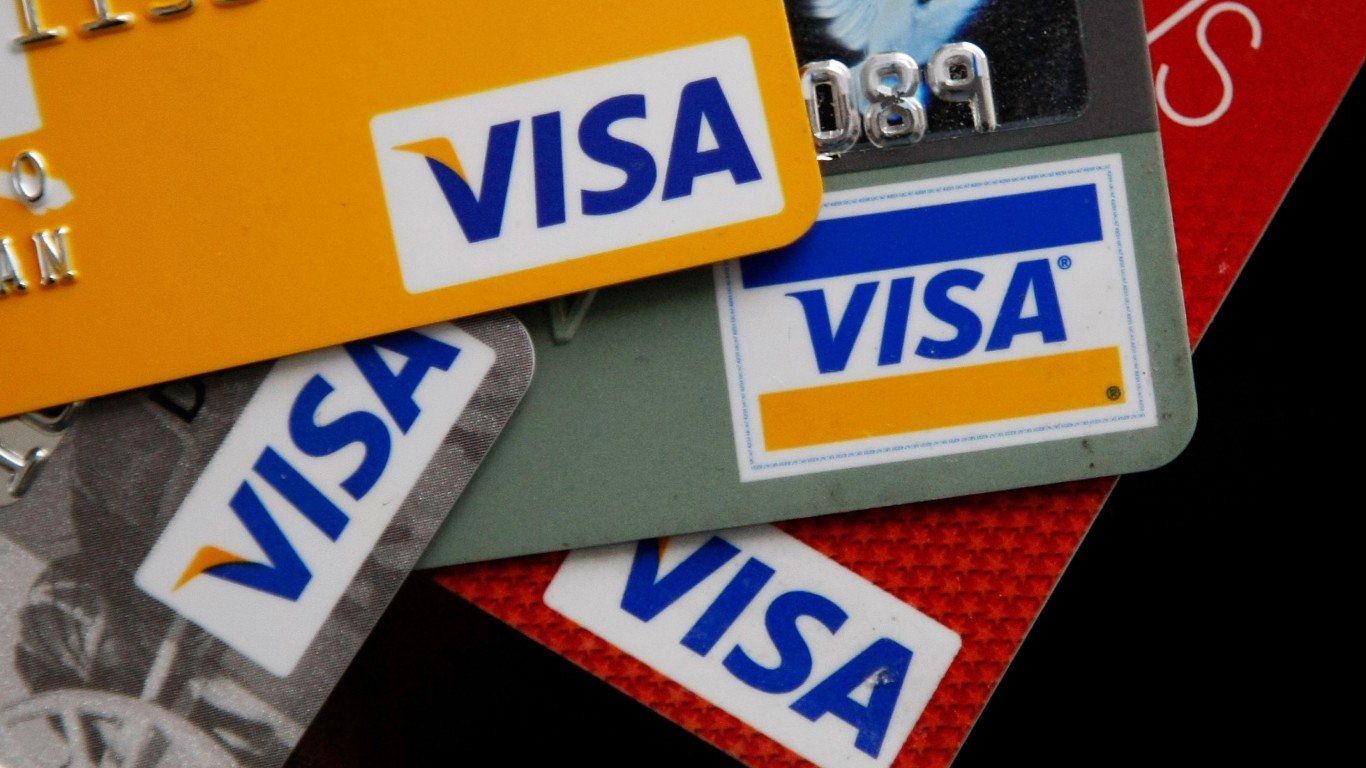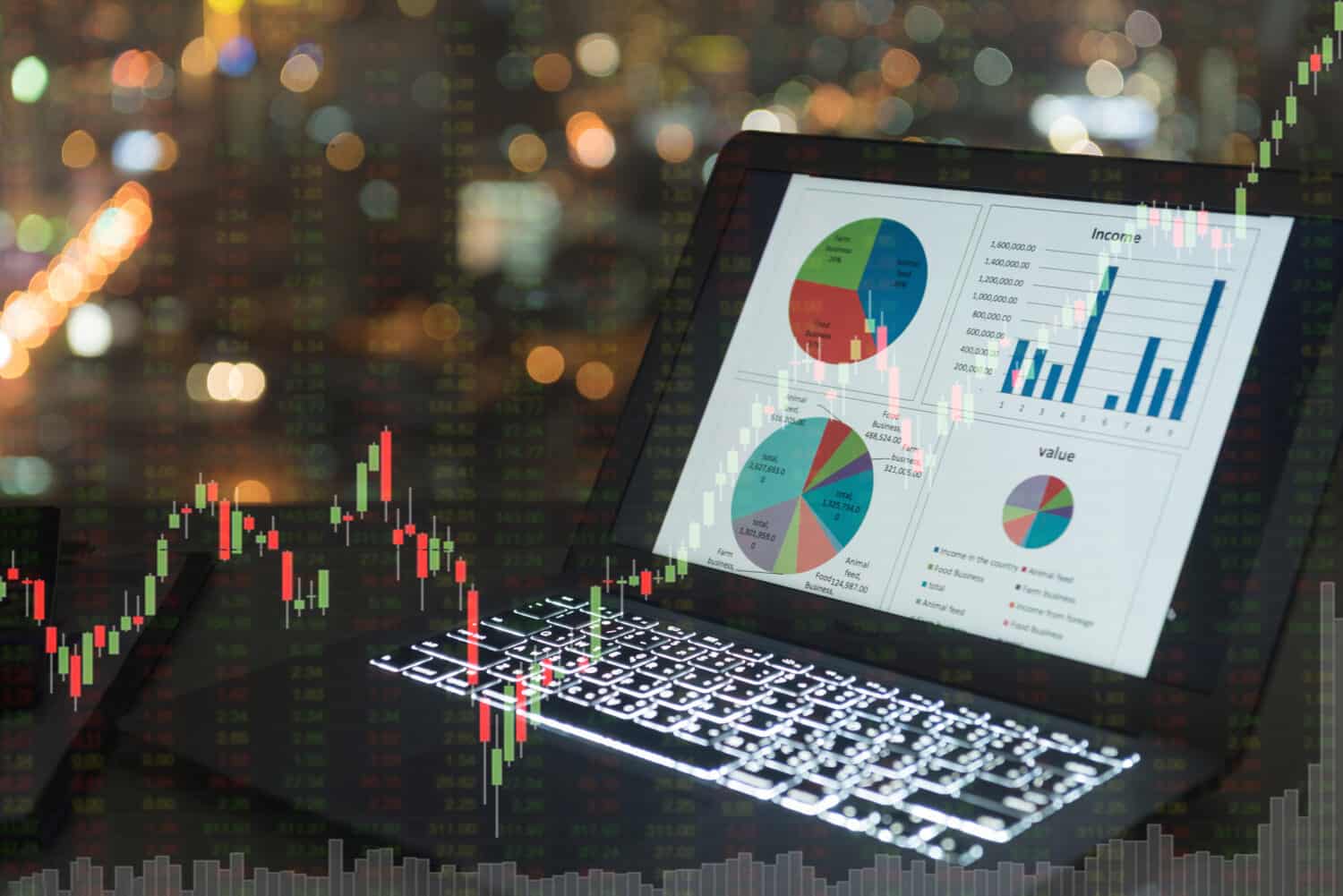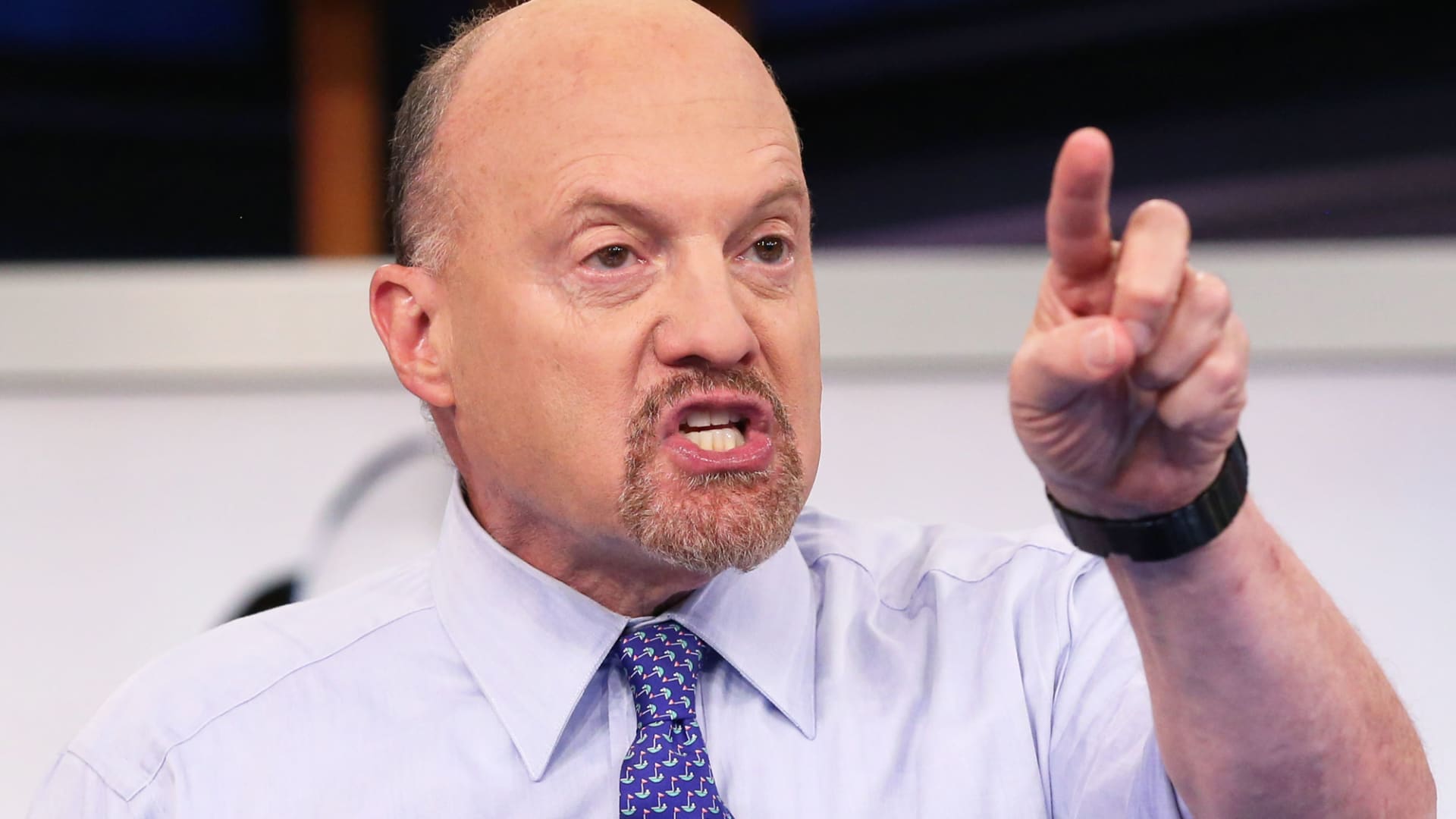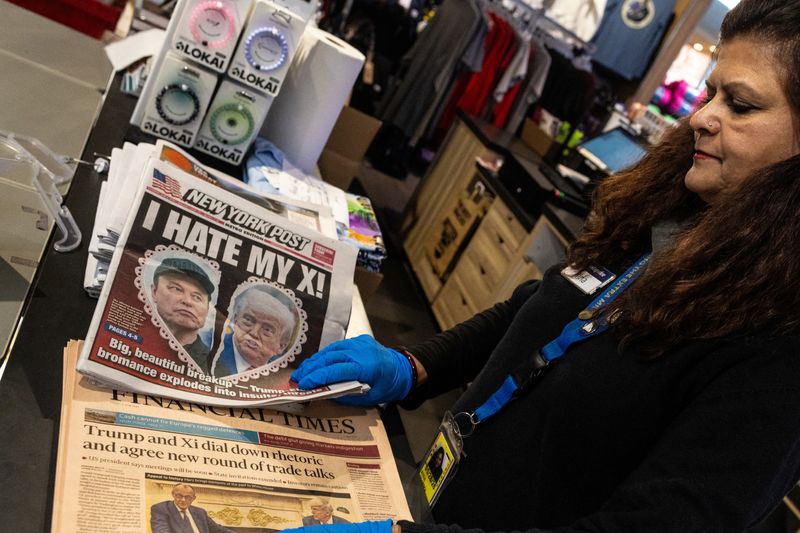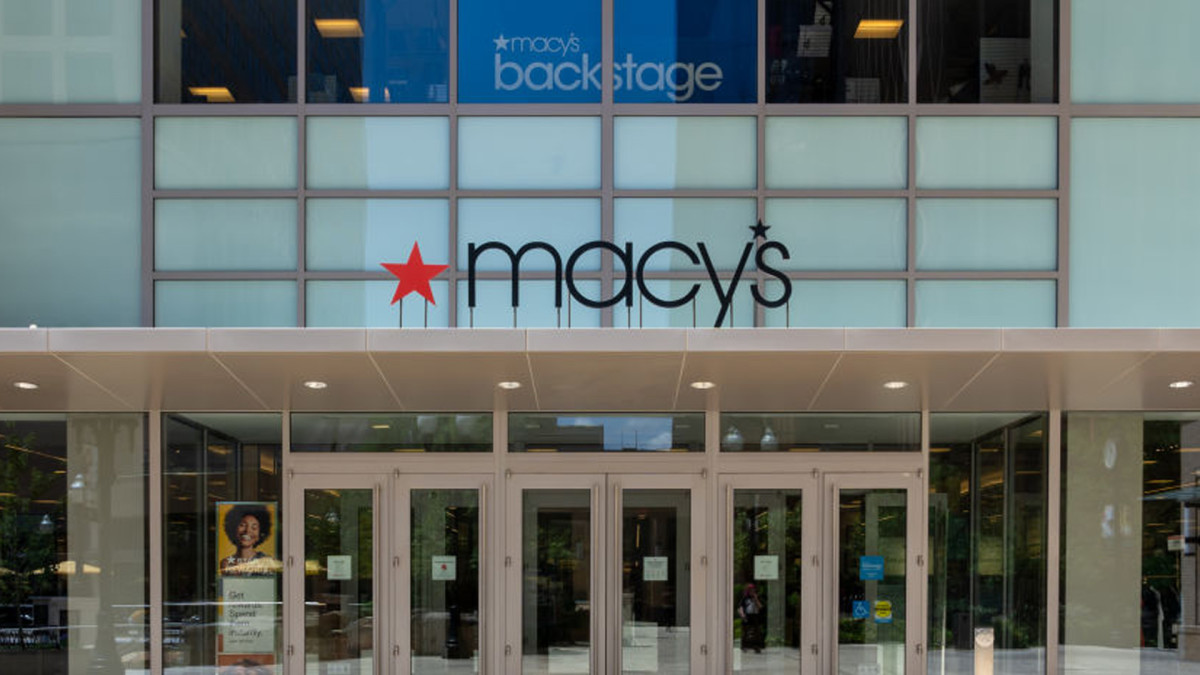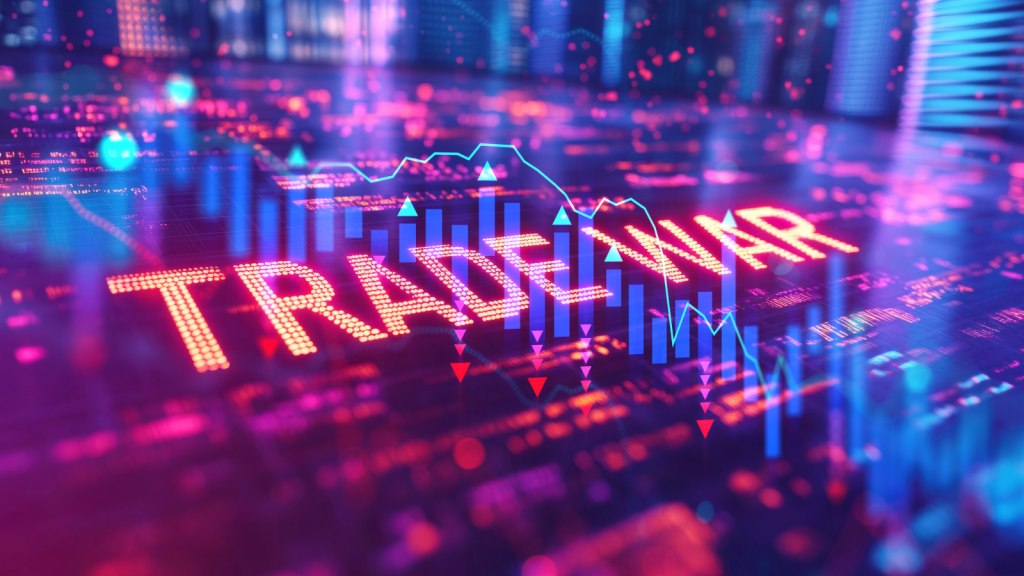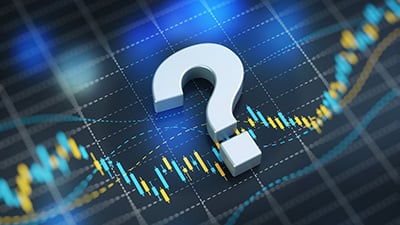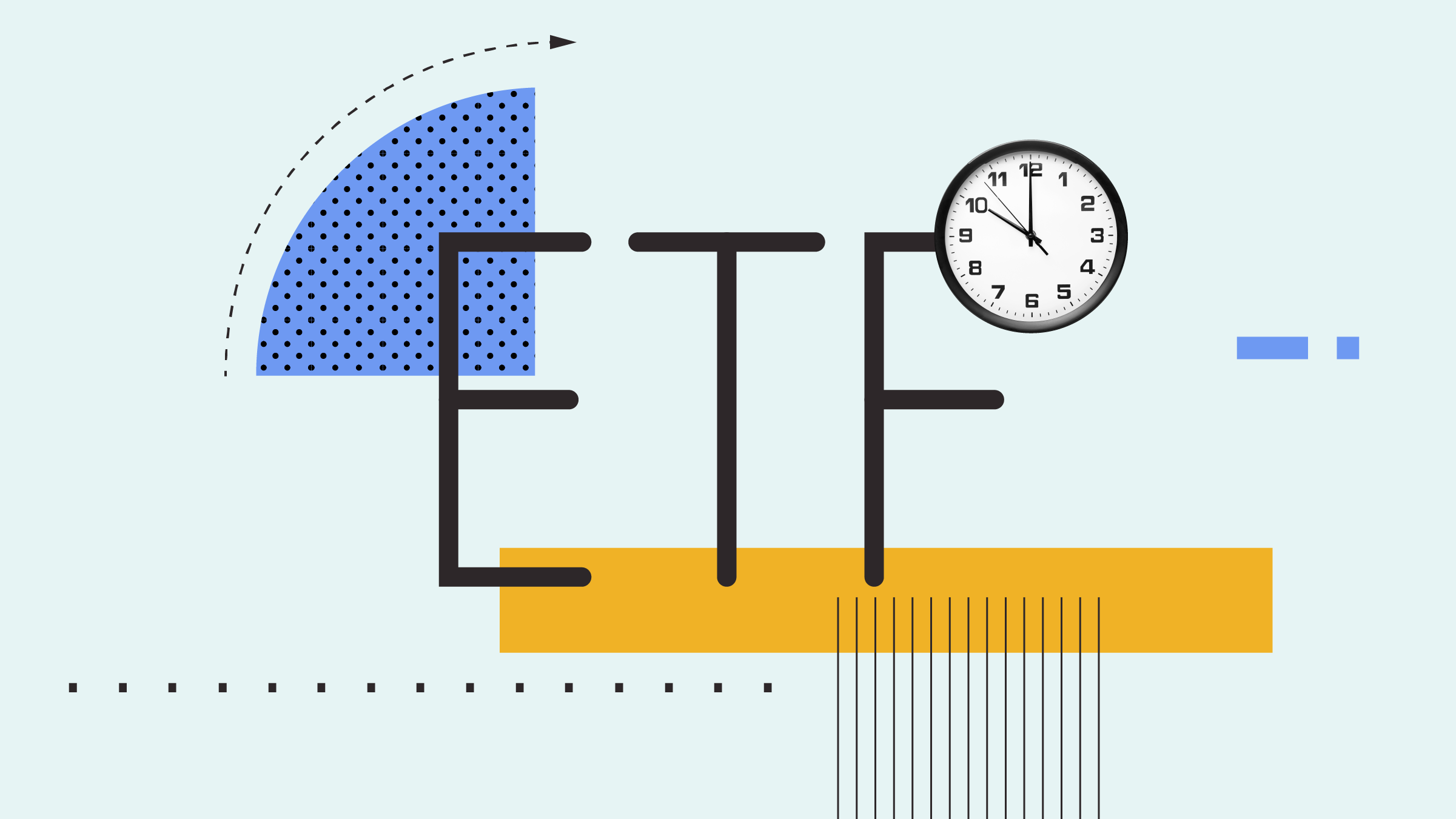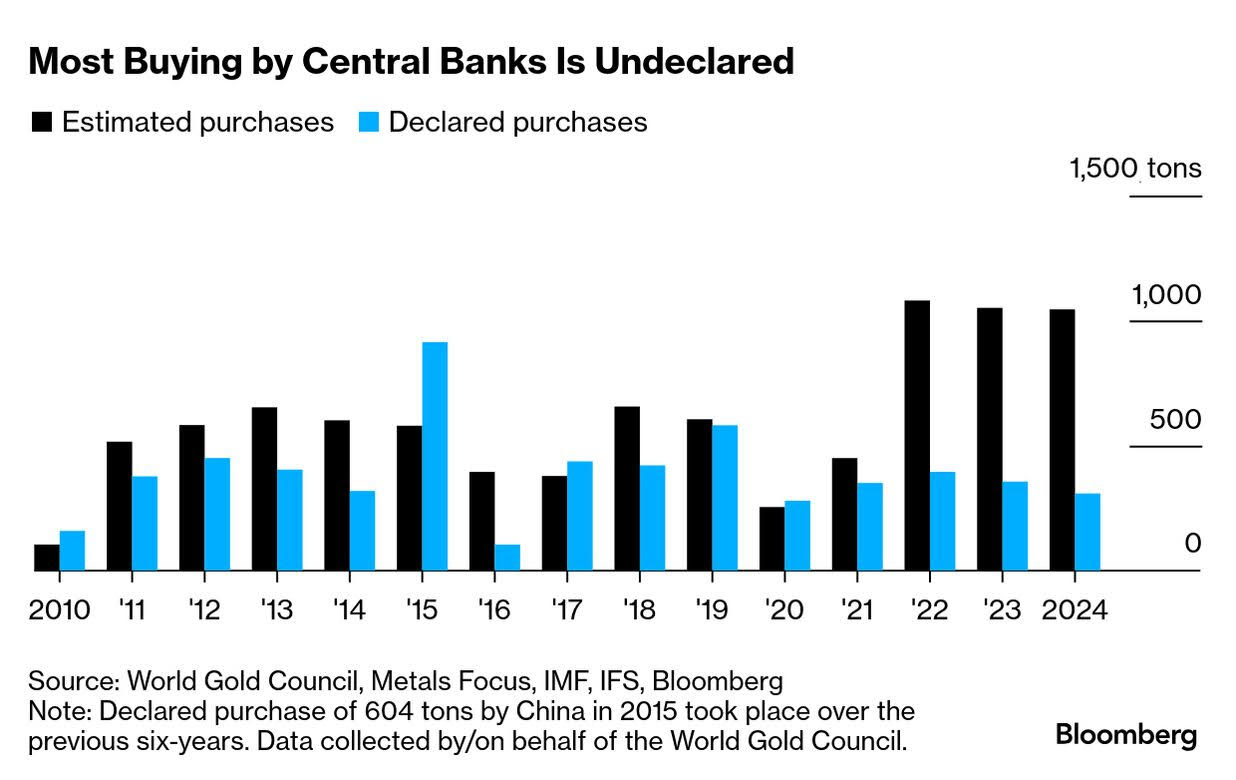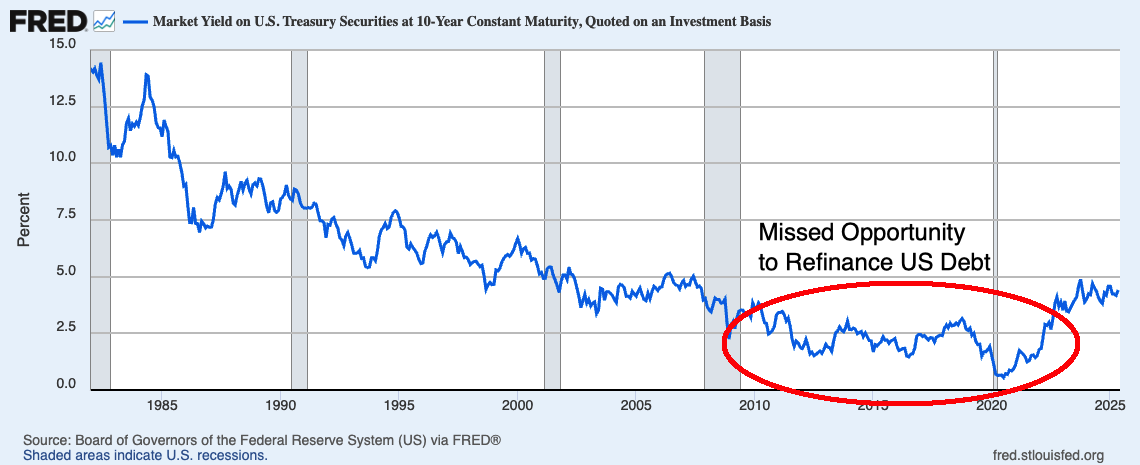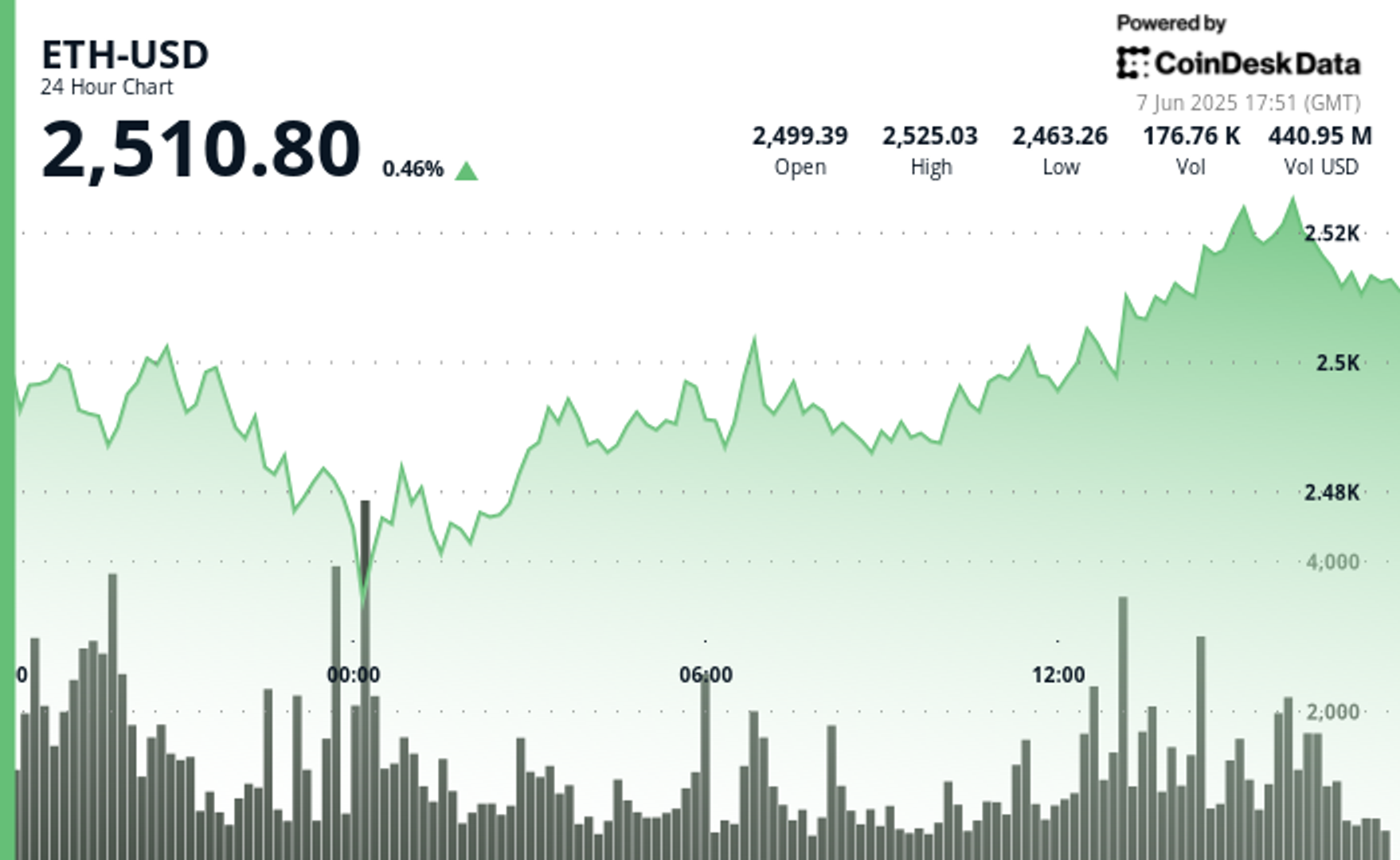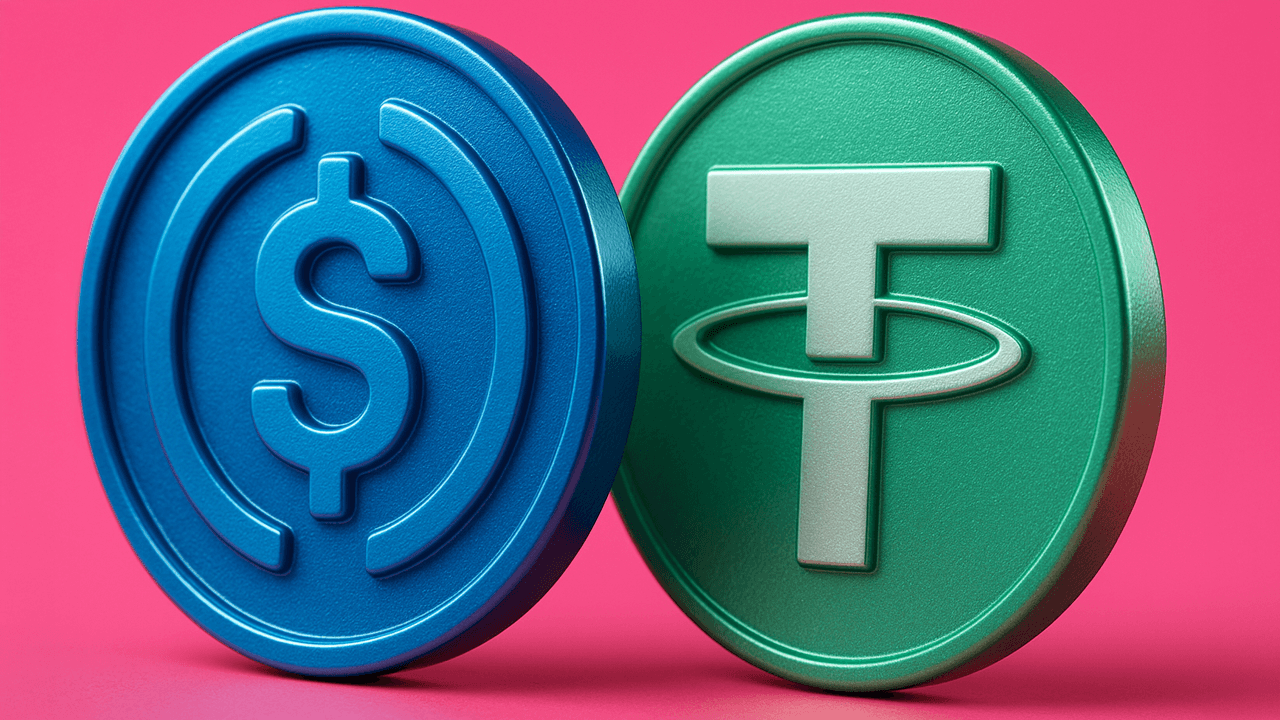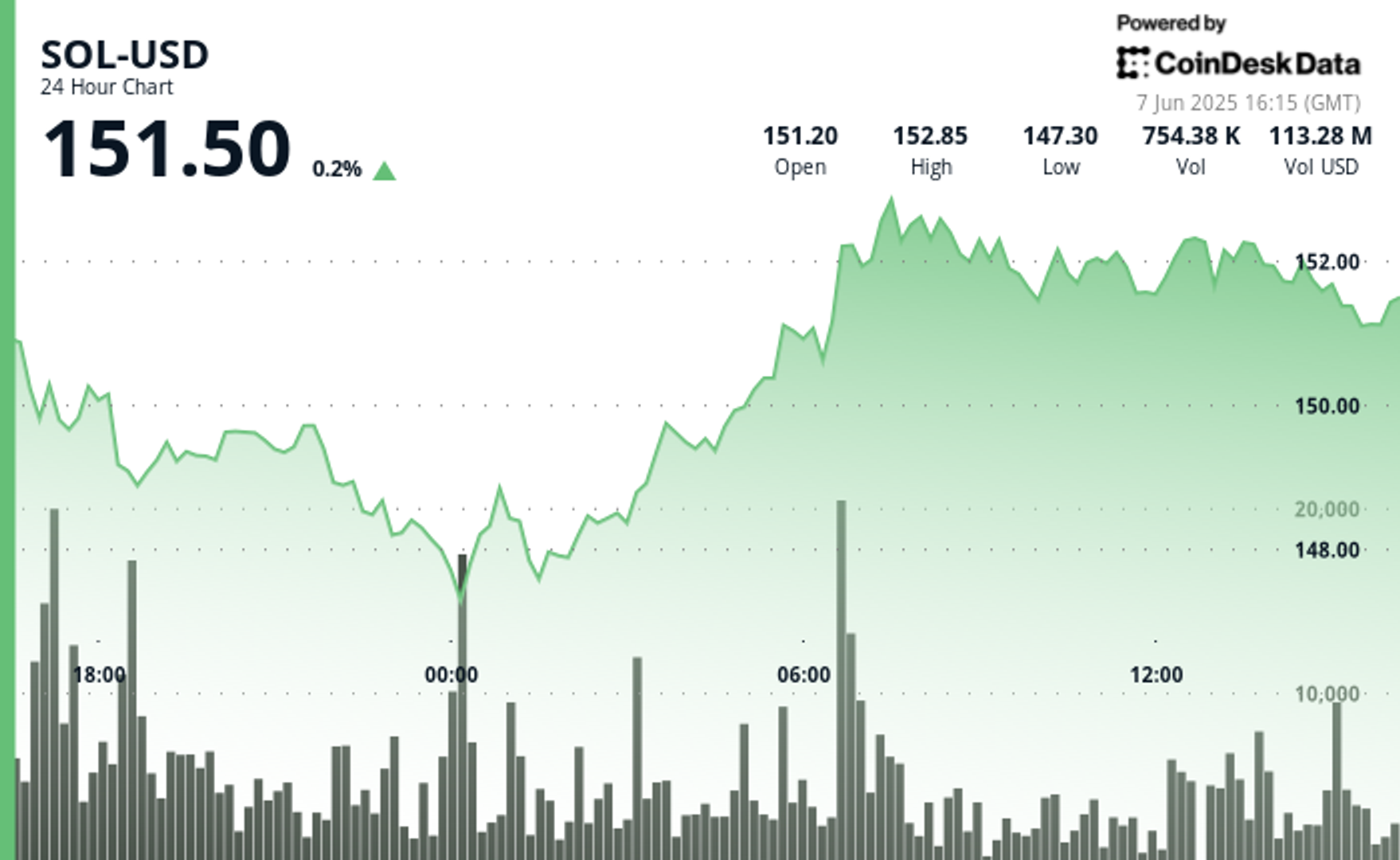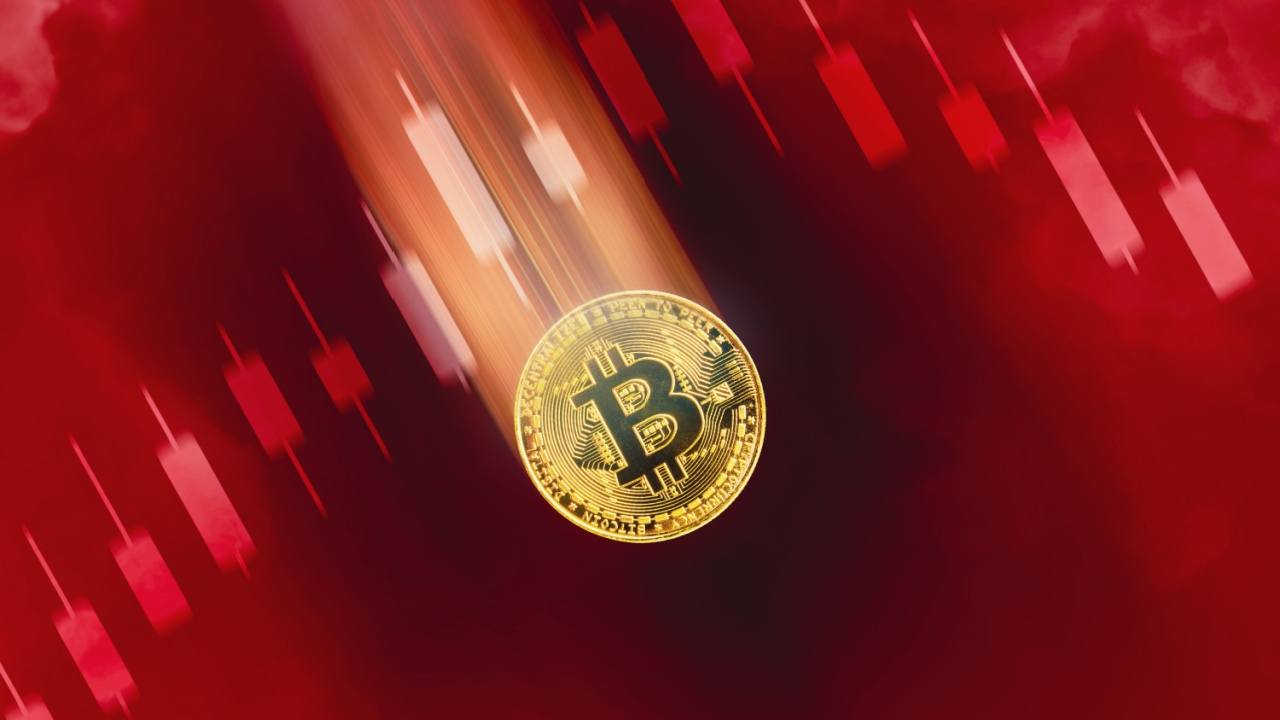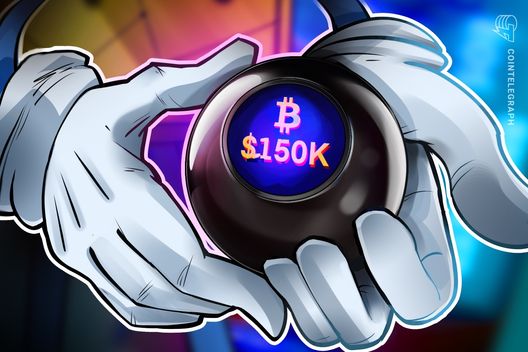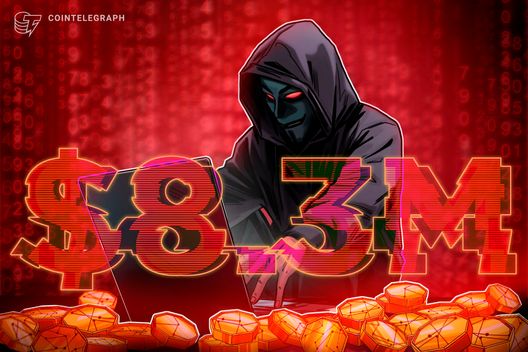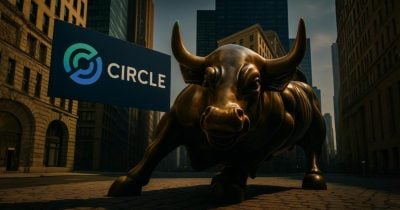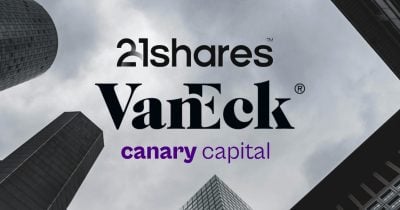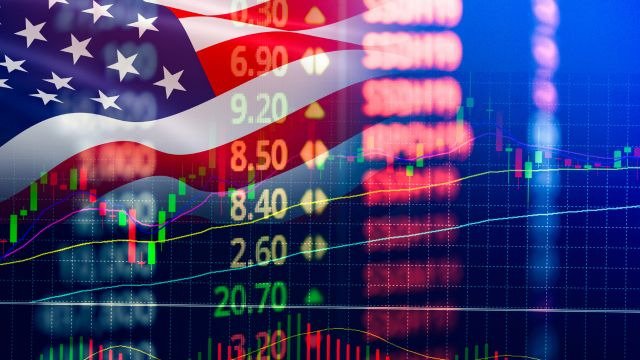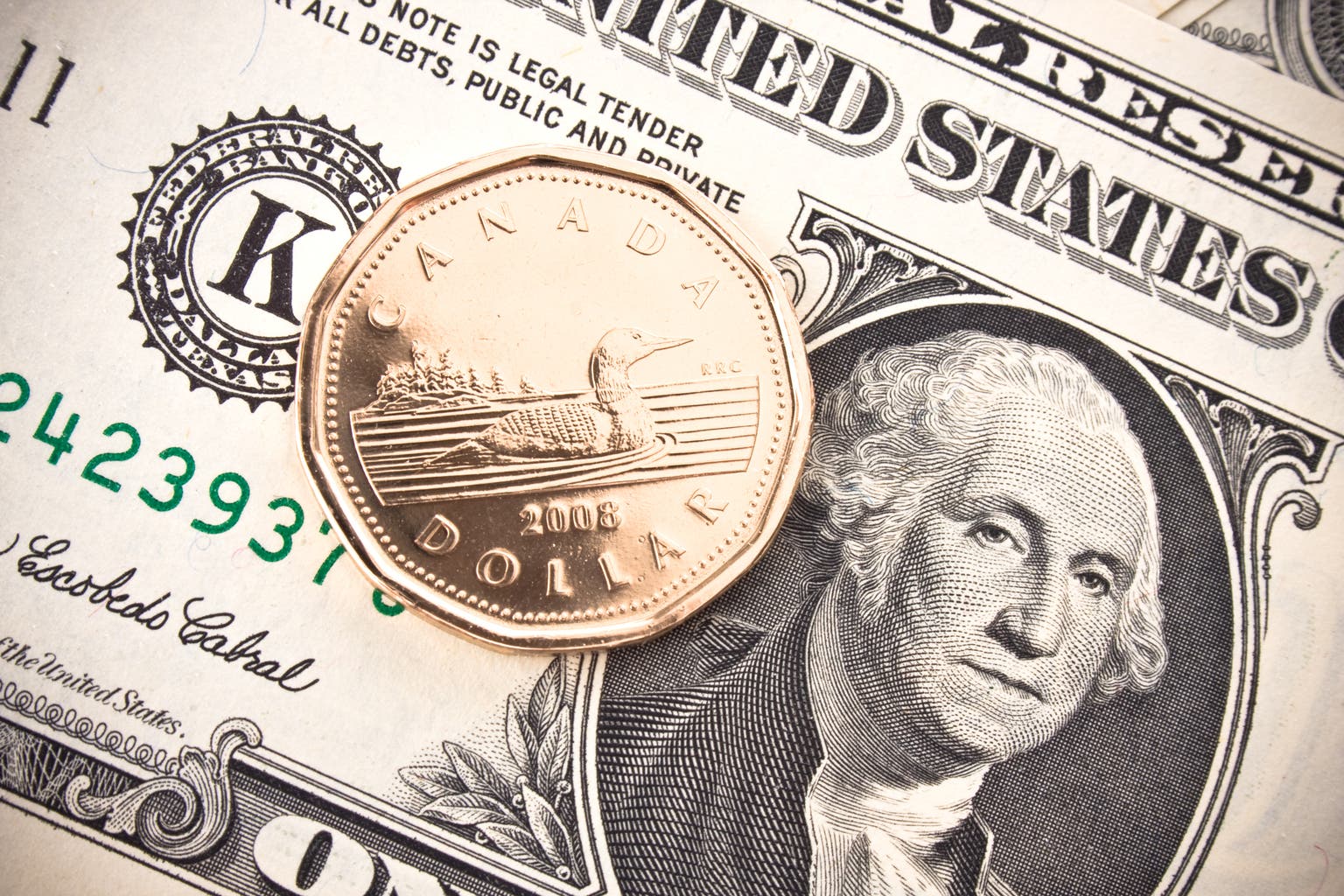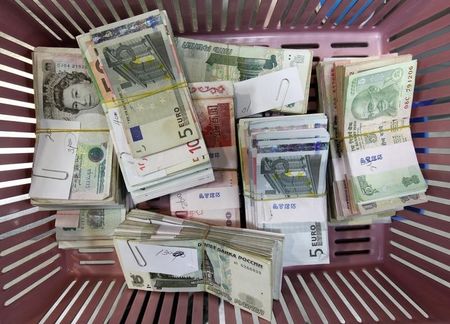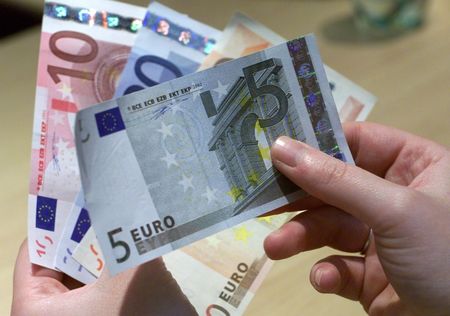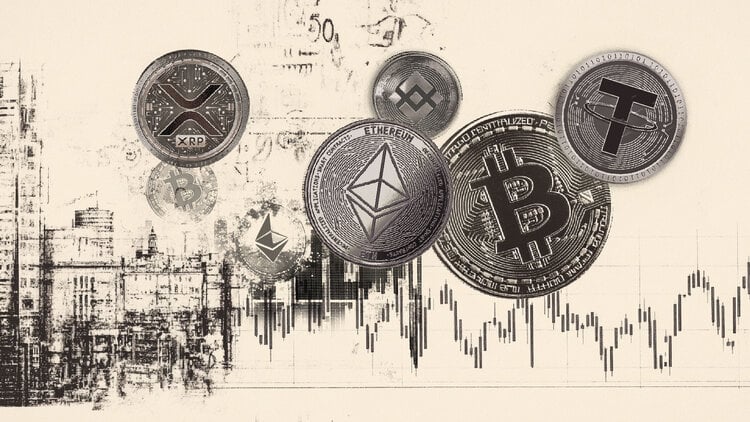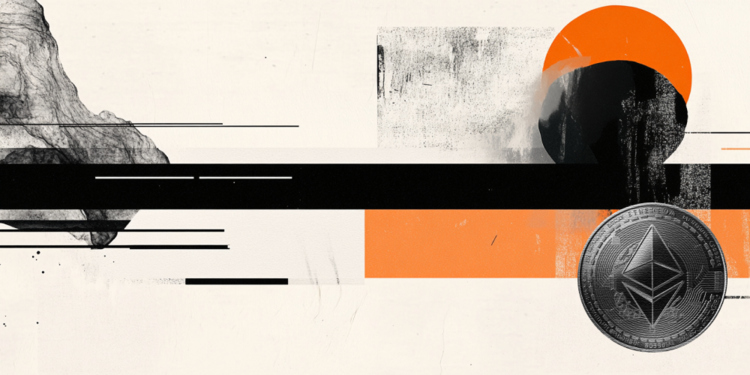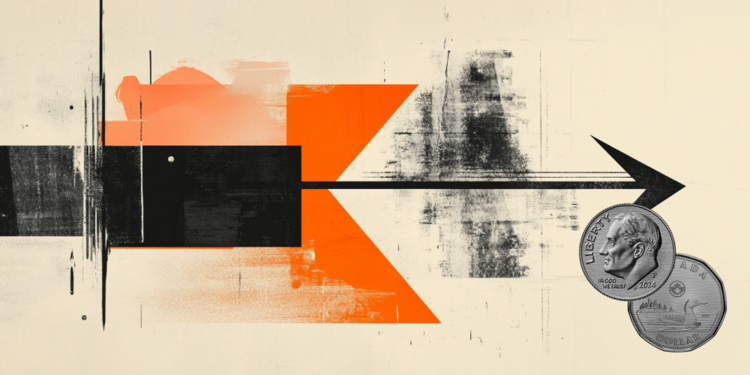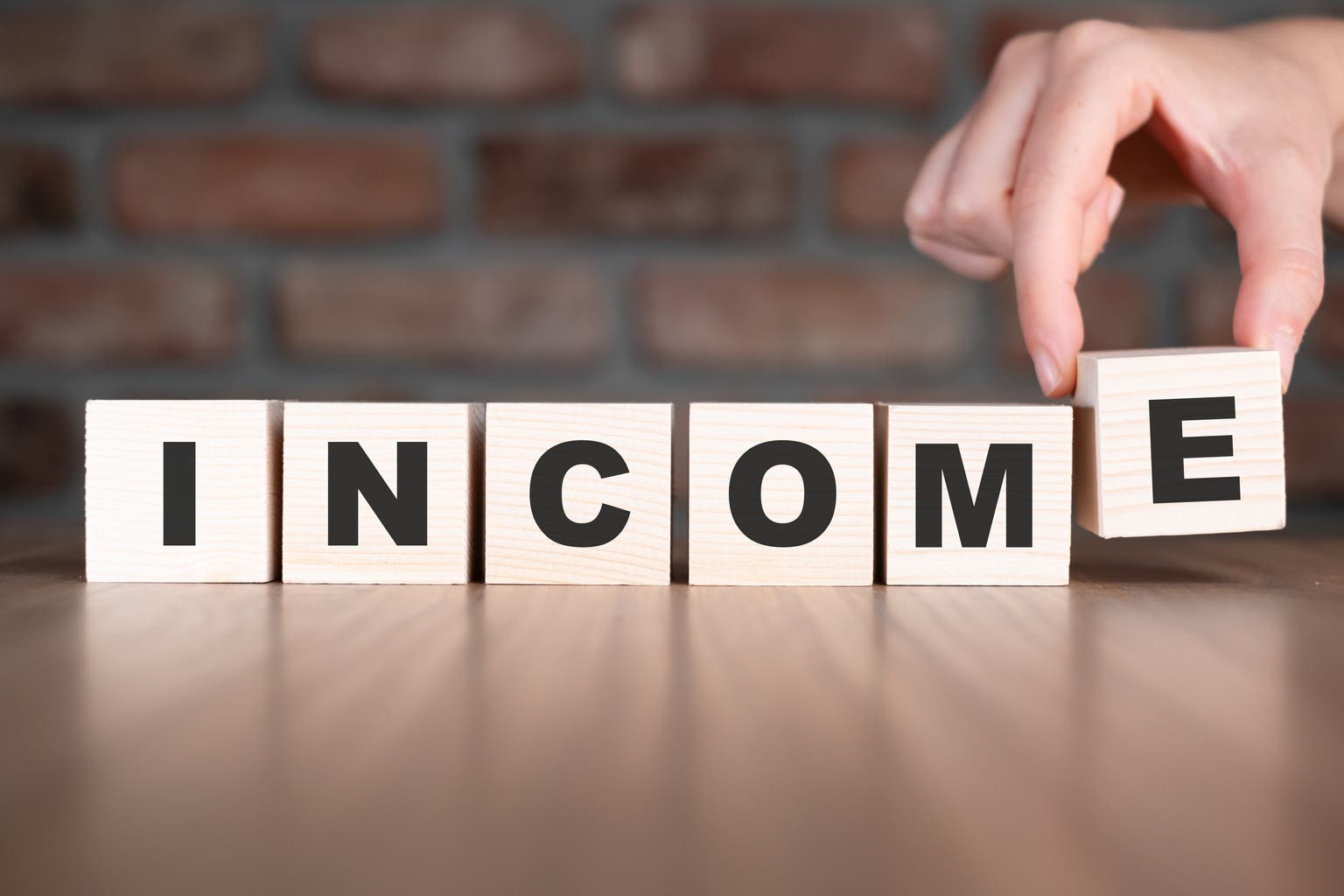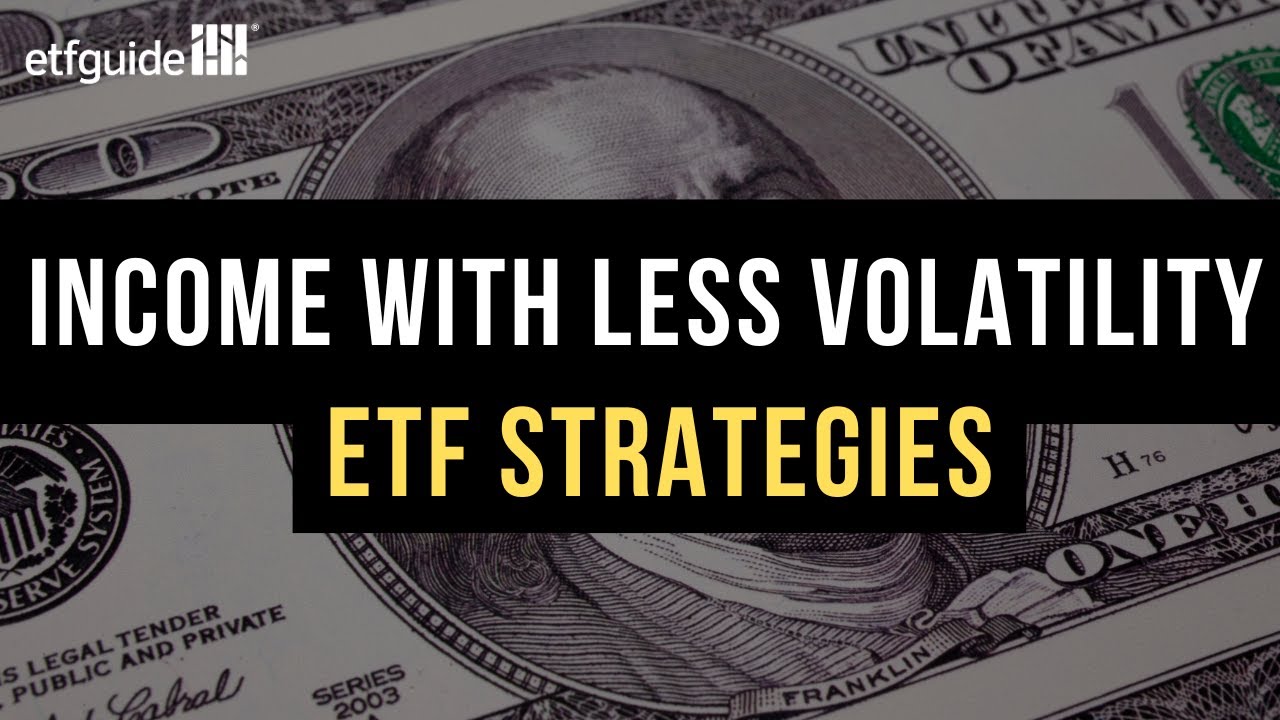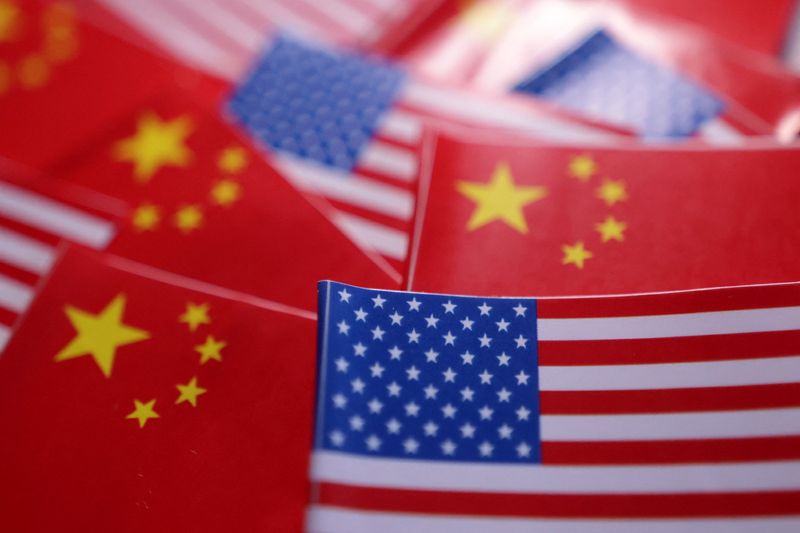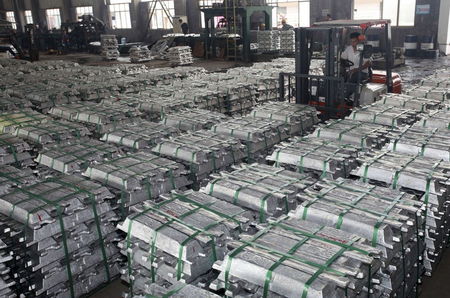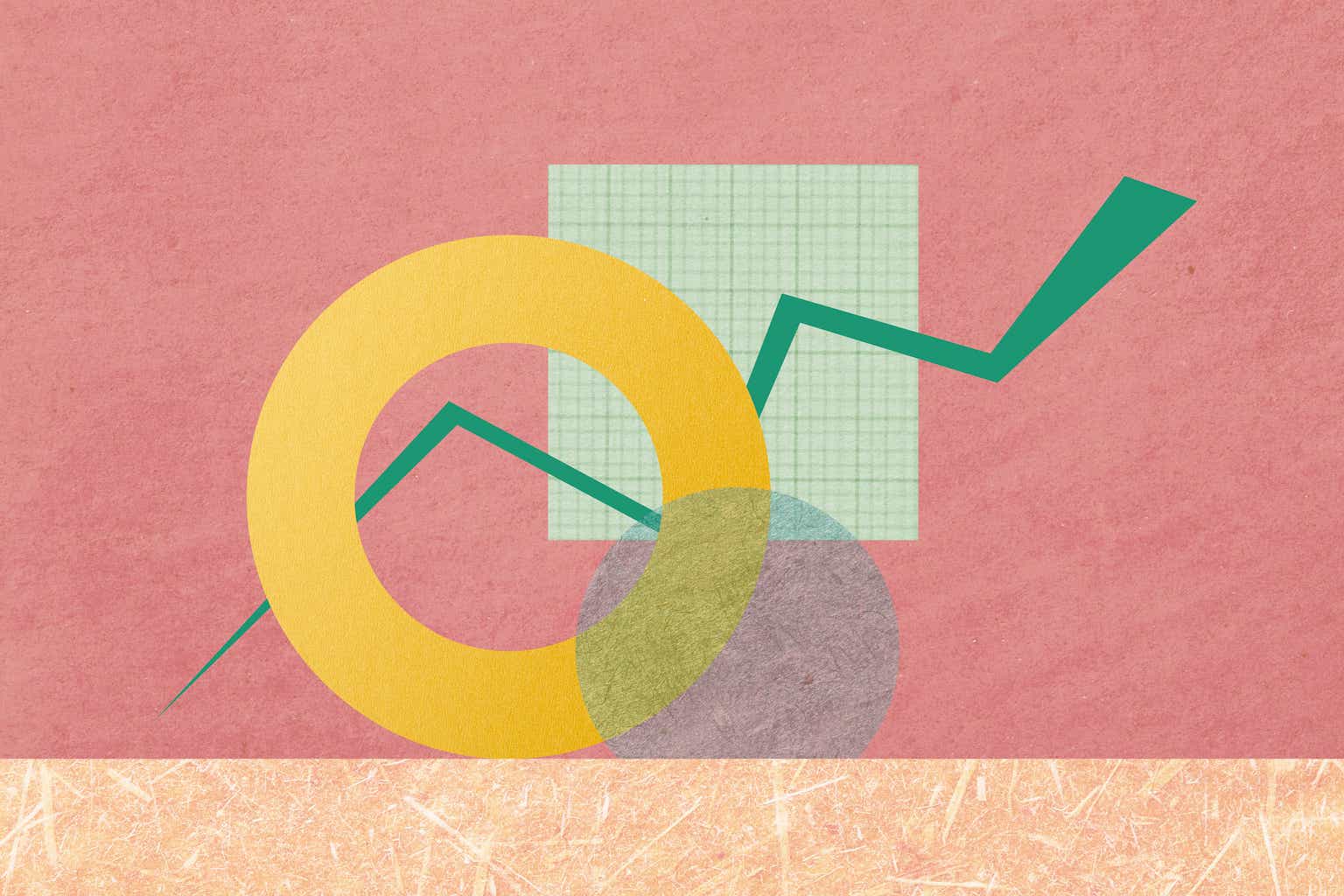What Should I Do With $20,000 in an Uncertain Market?
It’s easy to want to flee stocks now that the post-Liberation Day losses have been recouped and investors are growing more excited about the potential for the S&P 500 to hit new highs again. Indeed, it wasn’t all too long ago that the broad market was flirting with a bear market. After barely escaping a 20% […] The post What Should I Do With $20,000 in an Uncertain Market? appeared first on 24/7 Wall St..
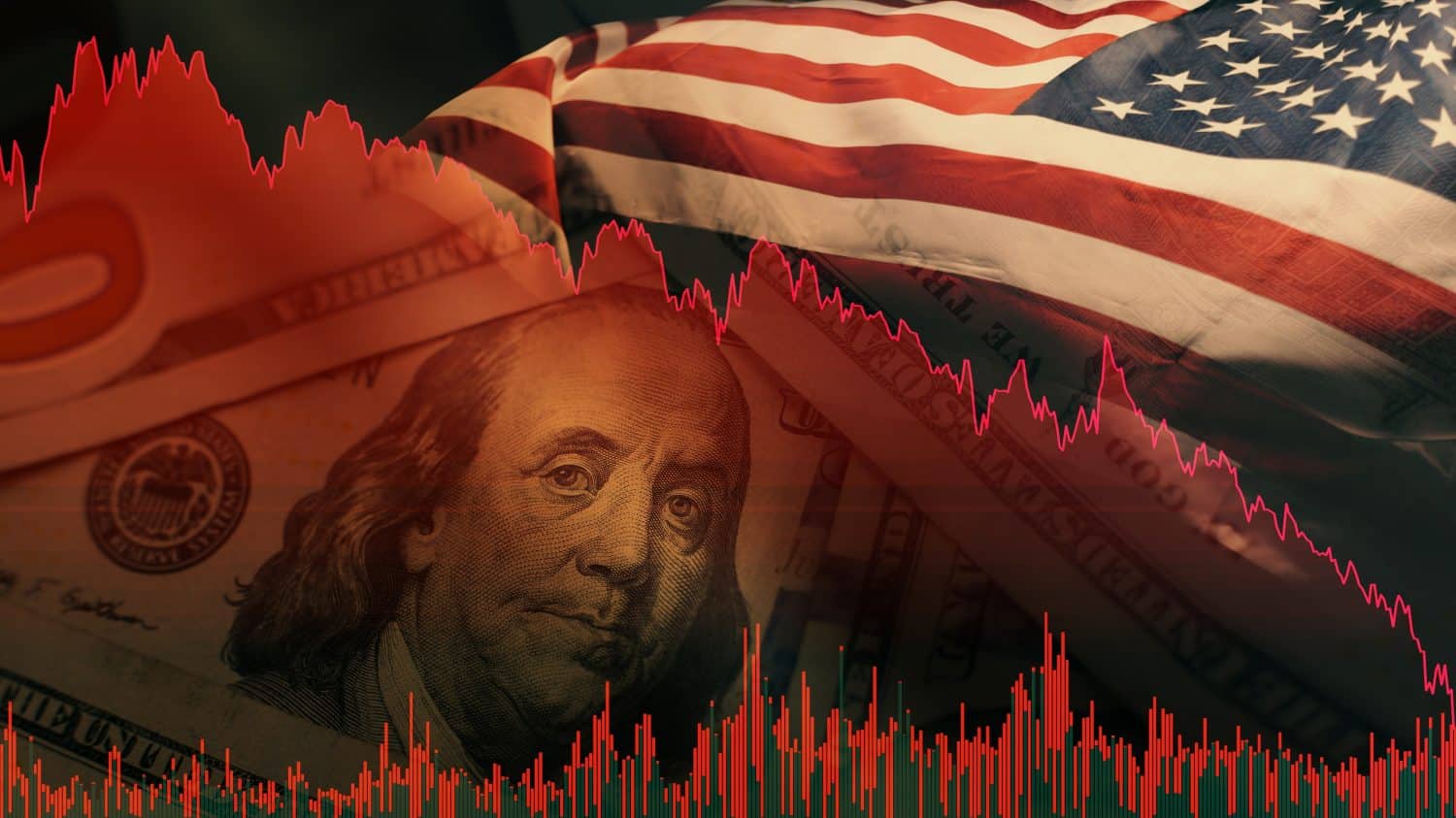
It’s easy to want to flee stocks now that the post-Liberation Day losses have been recouped and investors are growing more excited about the potential for the S&P 500 to hit new highs again. Indeed, it wasn’t all too long ago that the broad market was flirting with a bear market. After barely escaping a 20% fall from peak to trough, the S&P 500 now finds itself within 3% of prior highs.
Indeed, the rapid recovery in markets shows us just how risky it can be to give in to emotion by panic selling on the way down. Indeed, few folks thought stocks would be up close to 18% in two months as investors grew frightened over Trump’s tariffs and their potential to derail the American economy.
In a recent Reddit post, an individual asked the r/MiddleClassFinance community where they should invest $20,000 in such an uncertain time. Undoubtedly, they sounded cautious and a bit nervous about the volatility we’ve experienced in the first half.
In this piece, we’ll look into a few places a nervous investor may wish to park their cash as the S&P 500 returns to where it was back in February, before tariffs took a big bite out of stock prices.
Key Points
-
It’s pretty scary out there for new investors looking to put money to work in markets.
-
Trump could have more tariff shockers up his sleeves.
-
Nervous investors may wish to consider low-vol equity ETFs, Berkshire Hathaway stock, or a HYSA.
-
Are you ahead, or behind on retirement? SmartAsset’s free tool can match you with a financial advisor in minutes to help you answer that today. Each advisor has been carefully vetted, and must act in your best interests. Don’t waste another minute; get started by clicking here.(Sponsor)
It’s still an uncertain time for new investors
These days, Trump still seems quite aggressive (and surprising) with his tariffs, recently doubling steel and aluminum tariffs to 50% from 25%.
Still, markets don’t seem as easily startled, but only time will tell how bad the bite of tariffs will be on American consumers’ wallets and the bottom lines of top firms that have held up quite steady in recent months.
It’s an uncertain time for new investors, especially those who are hesitant to put new money to work due to America’s rising national debt (and the big U.S. government downgrade courtesy of Moody’s). And for a new investor, it can feel better just sticking on the sidelines, waiting for more of a clear “green light” before getting in.
In a recent showing of CNBC’s hit show Fast Money, the term “FOGI” (fear of getting in) was used to describe the behavior of some nervous investors. Indeed, our Reddit user seems to be suffering from a bad case of this FOGI.
And like FOMO (fear of missing out), FOGI may not be all too good for one’s wealth. Spending too much time on the bench could cause one to miss out on continued gains, especially if AI’s productivity-enhancing effect offsets much of the tariff headwinds on the horizon.
Steadier places for nervous investors to put new money to work
Stock valuations have gone up in recent weeks, and the number of risks, I believe, hasn’t fallen all that much. Our Reddit user is right to be a bit cautious as they deploy their $20,000 in new capital. But before they commit to staying glued to the sidelines, they should know that there’s still value to be had out there for those who are looking to own more than just the S&P 500.
For the extremely nervous, a HYSA (high-yield savings account) seems like a decent place to park a big chunk of change. Yields around or even north of the 4% mark are still attainable, and they can help keep investors ahead, even as inflation persists.
Low-vol ETFs and Berkshire could be a great fit for those willing to stay in equities.
Diversifying into lower-volatility ETFs is another move that could make sense for those who want to stay with stocks but seek a smoother ride. The Vanguard U.S. Minimum Volatility ETF (VFMV) stands out as a great pick while it’s nearing new highs, with its 0.68 beta and greater exposure to more defensive sectors of the economy.
Finally, Berkshire Hathaway (NYSE:BRK-B) appears to be a steadier place to invest, even as Warren Buffett departs the CEO suite at the start of 2026. With shares down more than 8% from their recent highs, shares could prove a smart dip-buy, especially given the cash hoard and the optionality the conglomerate will have come the next big market meltdown.
Add the somewhat lower 0.84 beta into the equation, and Berkshire seems like a sound bet that may offer more value and less chop than the S&P 500.
The post What Should I Do With $20,000 in an Uncertain Market? appeared first on 24/7 Wall St..

























